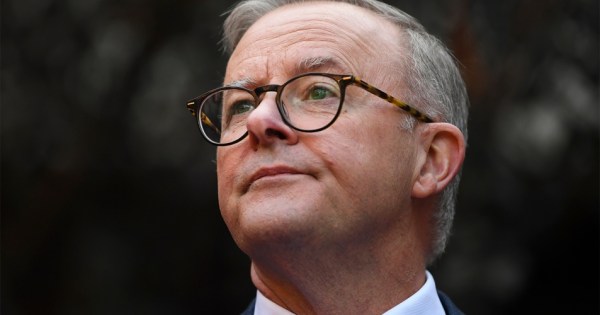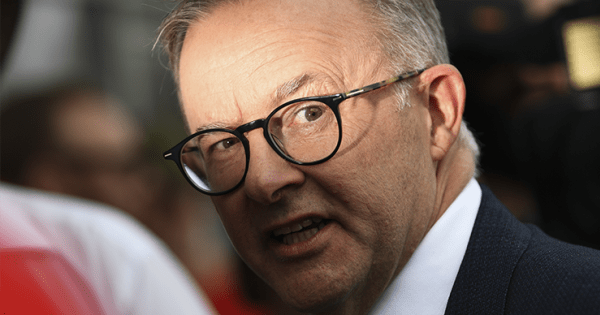For only the third time since 2001, the Reserve Bank has intervened in its own name to try and slow the fall of the Australian dollar following Friday night’s near free-fall in European and US market trading.
The move came as local markets were again rattled by the deposit guarantee story, with the Commonwealth Bank’s shares falling under the $40 mark after its funds management arm, Colonial, revealed that it had joined the move to freeze its mortgage fund.
Colonial has froze daily withdrawals from $3.3 billion worth of funds that have significant investments in mortgages. It brings the total amount of money locked up within investment funds to more than $24 billion. A meeting is being held in Canberra today to discuss the situation and try to find a solution.
The news knocked the CBA shares down to a low of $39.01, a fall of 4.5% and that took the overall market down 2% when a 1% drop had been signalled from the overnight futures market. As the CBA regained ground back over $40, other banks rose and the early losses on the major indices were recovered. Just before 12.30pm, the ASX 200 was down 0.6%.
But in Tokyo, the overall market fell to a 26 year low, as the Nikkei dropped after reports major banks were looking at capital raisings. The last time the Tokyo market was at the current level of 7514 points was back in 1982. Tokyo media outlets also reported that the national Government had boosted its bank capital injection fund five times to around $US110 billion.
Here local investors were worried about the knock on effect the Colonial freeze might have and by the damage the near free-fall in the dollar on Friday night might have locally.
At one stage on Friday night, the Aussie fell more than 12% in the space of an hour or so against the yen, and more than 8% against the US Dollar. London dealers reported there was no liquidity in the $A/yen market and volumes were very thin in the $A/$US market.
An RBA spokesman confirmed the intervention this morning, telling AAP: “We provided some liquidity on Friday night. The FX market was very illiquid.”
News of the intervention helped steady the Australian dollar this morning. It closed in New York around 62.20 US cents, fell well under the 62 cent level, then recovered that when the RBA’s move became known. The currency also fell to 55.10 Japanese yen during offshore trade, its lowest point since the end of World War II. It was trading around 58.69 just after midday. The falls were the largest seen since the dollar was floated in November, 1983.
“We’re not defending any particular level, we’re providing liquidity,” the spokesman said.
The central bank intervened in the currency market in September 2007, in the early days of the credit crunch, and in 2001, when the Australian dollar fell to an all time low of 48.5 US cents where it bought enough to give it years of consistent profits as it rose to a peak in July of just over 98 US cents.








5% of the population own all these stupid shares in these companies so what they are doing is chasing their own tails around in circles like blind dogs.
Why don’t they all just go on a holiday. If they don’t sell their bloody stocks every second day the market will stabilise.
Talk about ridiculous nonsense while tens of thousands of kids die of starvation every day of the week.
I have had a gut ful of it.
This is nothing, wait until u see the exposure the big 4 have with CDOs.
People thought i was crazy when i sold everything, downgraded my home and bailed from the share market August 2007.
Now they want my advice. The poor dulled mind of the masses.
PS: Most especially those people who have borrowed money to pay for houses.
PPS: Unlike Marilyn, most people who buy shares are looking to get the dividend. Would that I had Marilyn’s vast amount of money. I would love to have that attitude-not the rudeness that goes with it. Unfortunately I have to eat. So I will attempt to save my neck.
Wow…55 yen to the dollar…while the Nikkei tanks1
It would be great if someone could explain how this works…and include an explanation of the carry trade’s long term impact.
Understanding the world just gets harder.
So the reserve bank is buying dollars out of circulation to keep the price up and, at the same time, cutting interest rates to dump masses of colourful plastic into the market. The group we will, for arguments sake, call the Government has guaranteed to use its funds to bail out banks – which means it may have to throw bazillions of dollars into bad debt should the worst occur. Not being an economist, can someone explain to me what the consistent line is here?